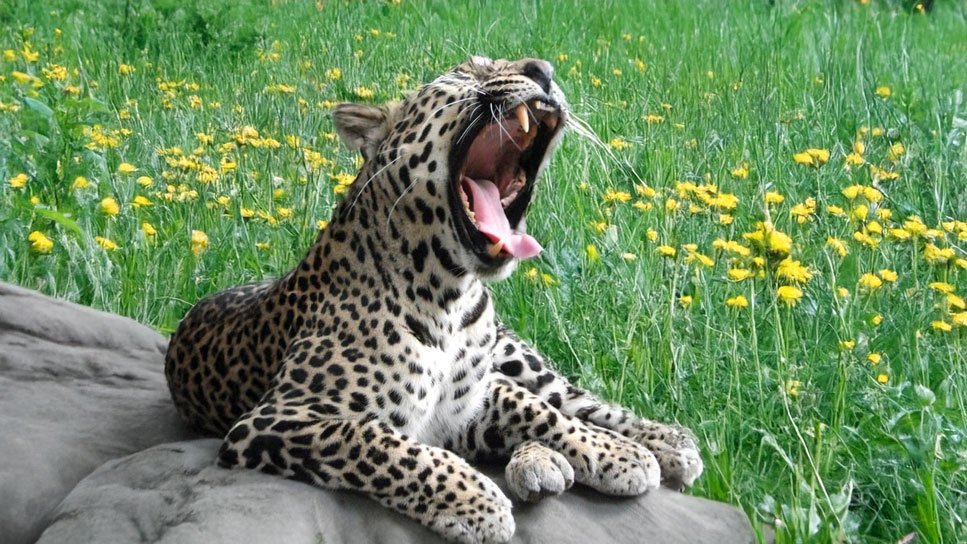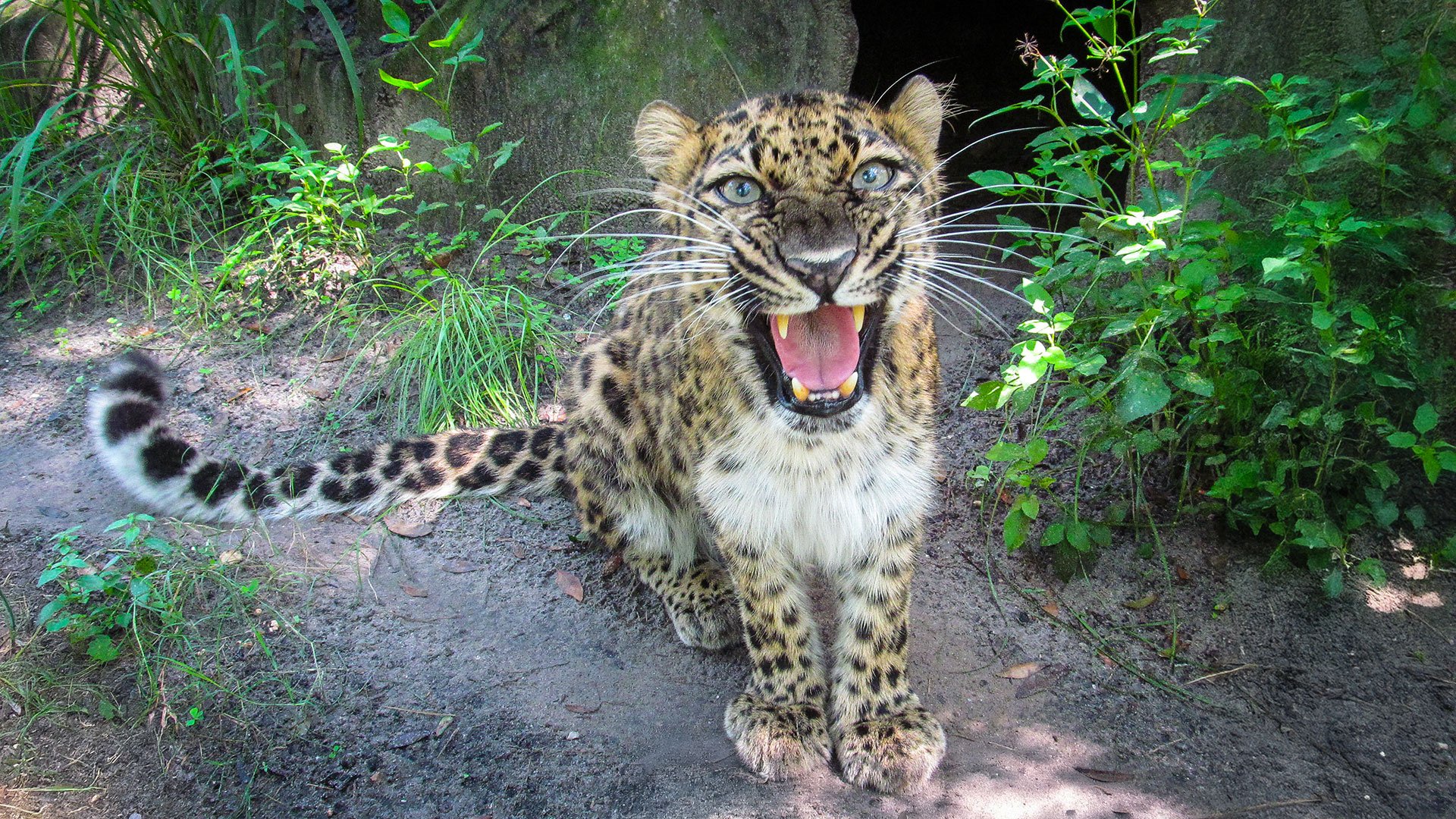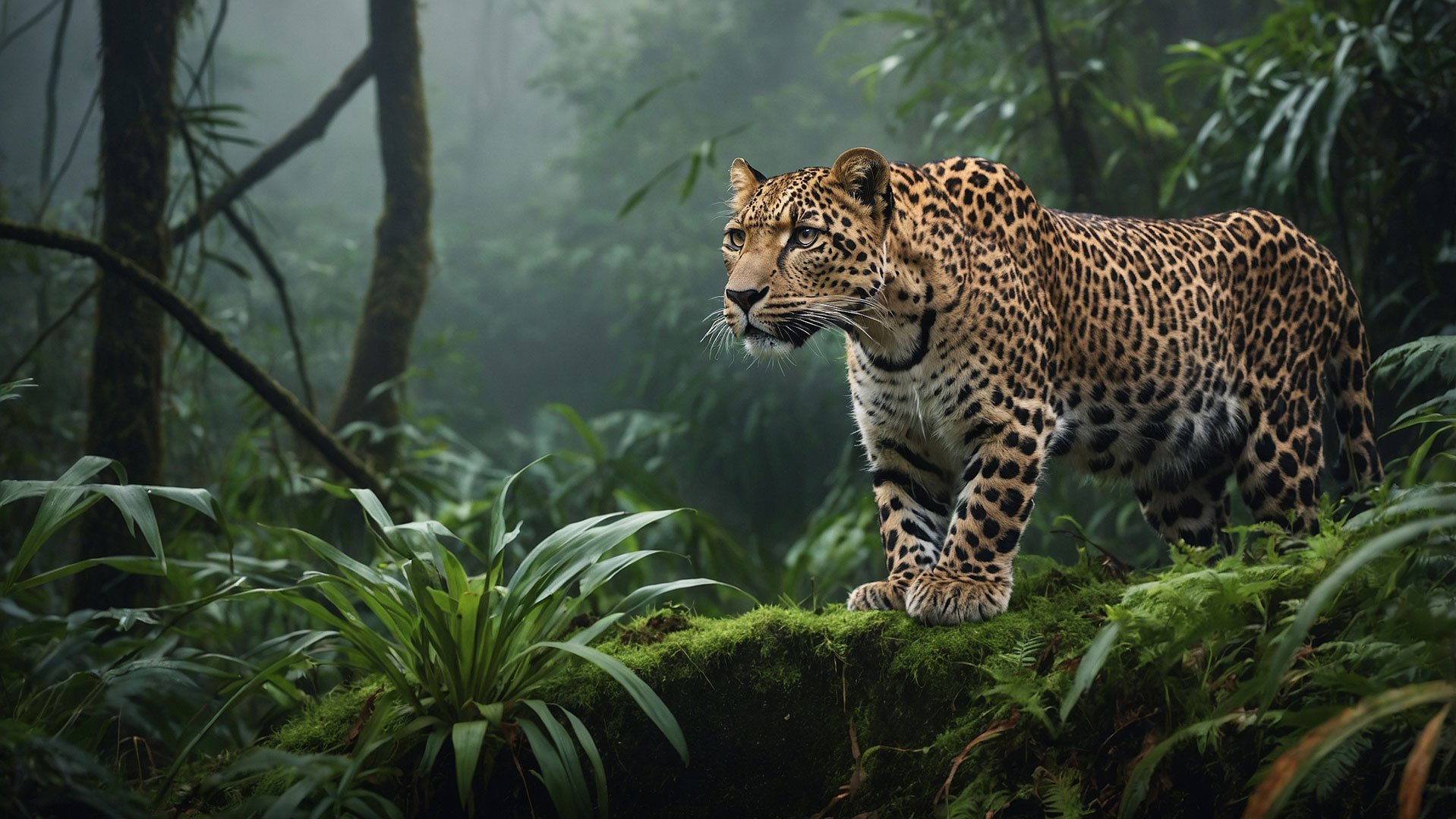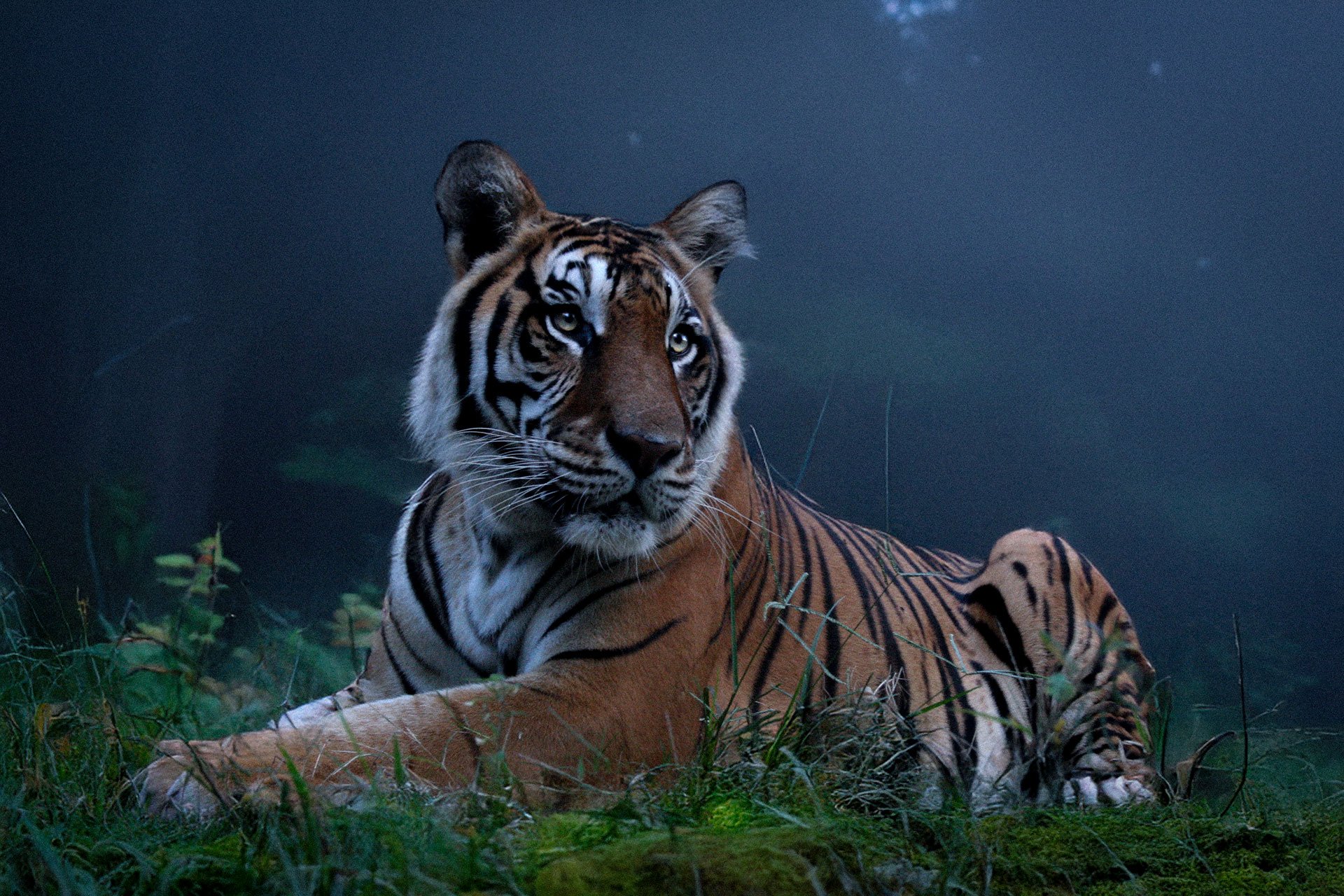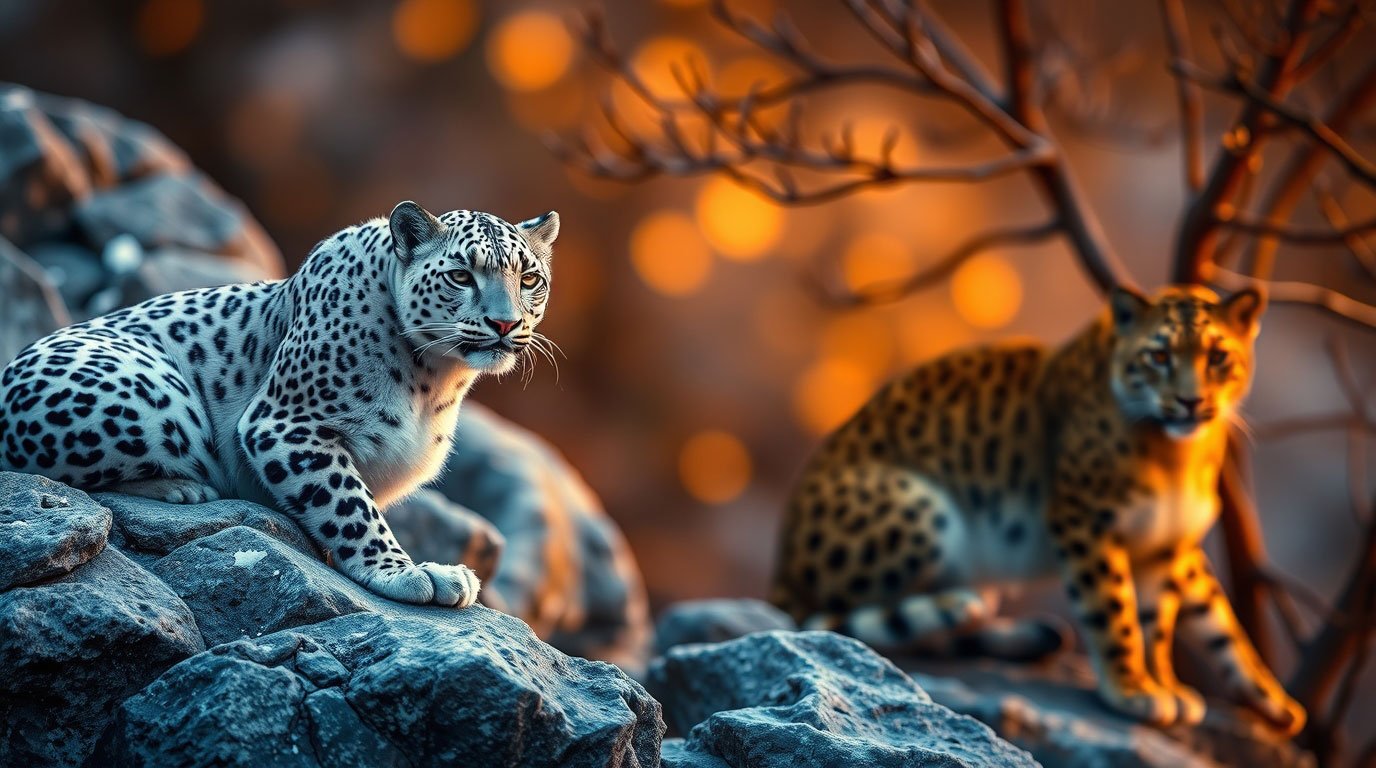The Sawing Call of the Leopard: A New Hope for Wild Cat Conservation
Leopard Sawing
Have you ever heard a leopard call? Unlike the deep, resonating roar of a lion, or the haunting growl of a tiger, the leopard’s vocalization is often described as a series of harsh coughs—famously known as the “sawing” sound. Recently, researchers documented that these unique calls might hold the key to improving leopard conservation across Africa and Asia. Through acoustic monitoring, we have a chance to better understand where leopards live, how many remain in vulnerable habitats, and how they communicate in their natural environment. Such knowledge could revolutionize the way we protect these mesmerizing big cats and ensure their survival for generations to come.
Listening to the Language of Leopards
Leopards are elusive by nature, often hidden away in thick vegetation or perched quietly in the branches of trees. Spotting them in dense forests or mountainous terrain can be as challenging as finding a needle in a haystack. However, what they lack in visibility, they more than make up for in vocal presence. When a leopard “saws,” it’s not just a random sound—it’s a form of communication that can convey aggression, courtship, or territorial claims to other leopards across vast distances.
By recording and analyzing these calls, scientists can identify subtle differences in each leopard’s vocal pattern—just like a fingerprint. This means we may one day be able to tell individuals apart from one another purely by the sounds they make. Imagine being able to track leopard populations more accurately across remote areas, monitoring birth and death rates, movements, and dispersal—without ever setting eyes on them. That’s the power of acoustic monitoring in conservation.
Why This Matters for Conservation
Understanding how many leopards roam our planet, where they roam, and how they interact with each other can guide pivotal decisions in conservation areas and national parks. For instance:
Pinpoint Threats: By monitoring calls and mapping territories, researchers can discover if certain leopard populations are shrinking or disappearing due to poaching, habitat destruction, or human-wildlife conflict.
Protect Critical Habitats: Identifying “hotspots” of high vocal activity can help conservationists prioritize where anti-poaching patrols, legal protections, and habitat restorations are needed most.
Eco-Balance: Leopards are top predators, helping to control herbivore populations and maintain healthy ecosystems. If their numbers dwindle, it can spell disaster for the entire food web, affecting plant life, prey species, and even local human communities who depend on natural resources.
A Global Citizen’s Role
It’s inspiring to hear about advanced technologies aiding conservation, but protecting wild cats isn’t just the job of scientists or park rangers. Every single one of us has a crucial role to play. Here’s what you can do, starting today:
Support Conservation Efforts: Donating to organizations like Big Cat Rescue directly funds research, habitat preservation, and rescue operations for abused or displaced cats. Even a small contribution can help ensure these majestic animals have a safe home.
Vote with Your Wallet: Avoid buying products derived from wildlife trafficking or supporting businesses that exploit wild cats for entertainment. By making mindful choices, you can help reduce the demand for illicit wildlife trade.
Stay Informed: Share updates, sign petitions, and follow credible organizations that track new findings in big cat conservation. Awareness leads to change—when enough people care, governments and companies pay attention.
Promote Responsible Tourism: If you’re fortunate enough to visit areas where leopards live, choose ethical tour operators who prioritize animal welfare over profit. An unforgettable safari or photography expedition can also help fund local conservation projects.
Beyond the Leopard: The Bigger Picture
Leopards aren’t the only big cats benefiting from acoustic research. Many feline species, from clouded leopards and jaguars to smaller wild cats, use calls and vocalizations that can be studied for better understanding their population dynamics. The ultimate hope is to create comprehensive databases of sound recordings, enabling scientists to pinpoint how each species communicates. Over time, this knowledge may help protect other elusive cats that share habitats with leopards or face similar threats.
A Positive Future for Wild Cats
While it’s true that big cats around the world continue to face challenges—from shrinking habitats to climate change—we must remember the power of innovation. Just as acoustic monitoring is giving leopards a fighting chance, new technologies and global collaborations can bring hope to all wild cats. This is a story of resilience: if we can learn to listen, research, and act together, we can reverse negative trends and ensure leopards remain a vibrant part of their ecosystems.
A Call to Action
The leopard’s “sawing” roar is more than just a signal to its peers—it’s a rallying cry for all of us to step up and protect our planet’s most iconic predators. Through your voice, donations, and responsible choices, you can be part of the movement to save big cats from extinction. Join us in supporting organizations like Big Cat Rescue and help safeguard a future where the evocative call of the leopard still echoes through the wild.
